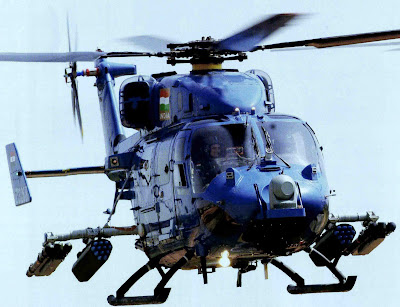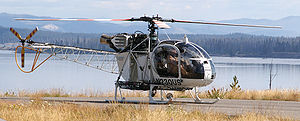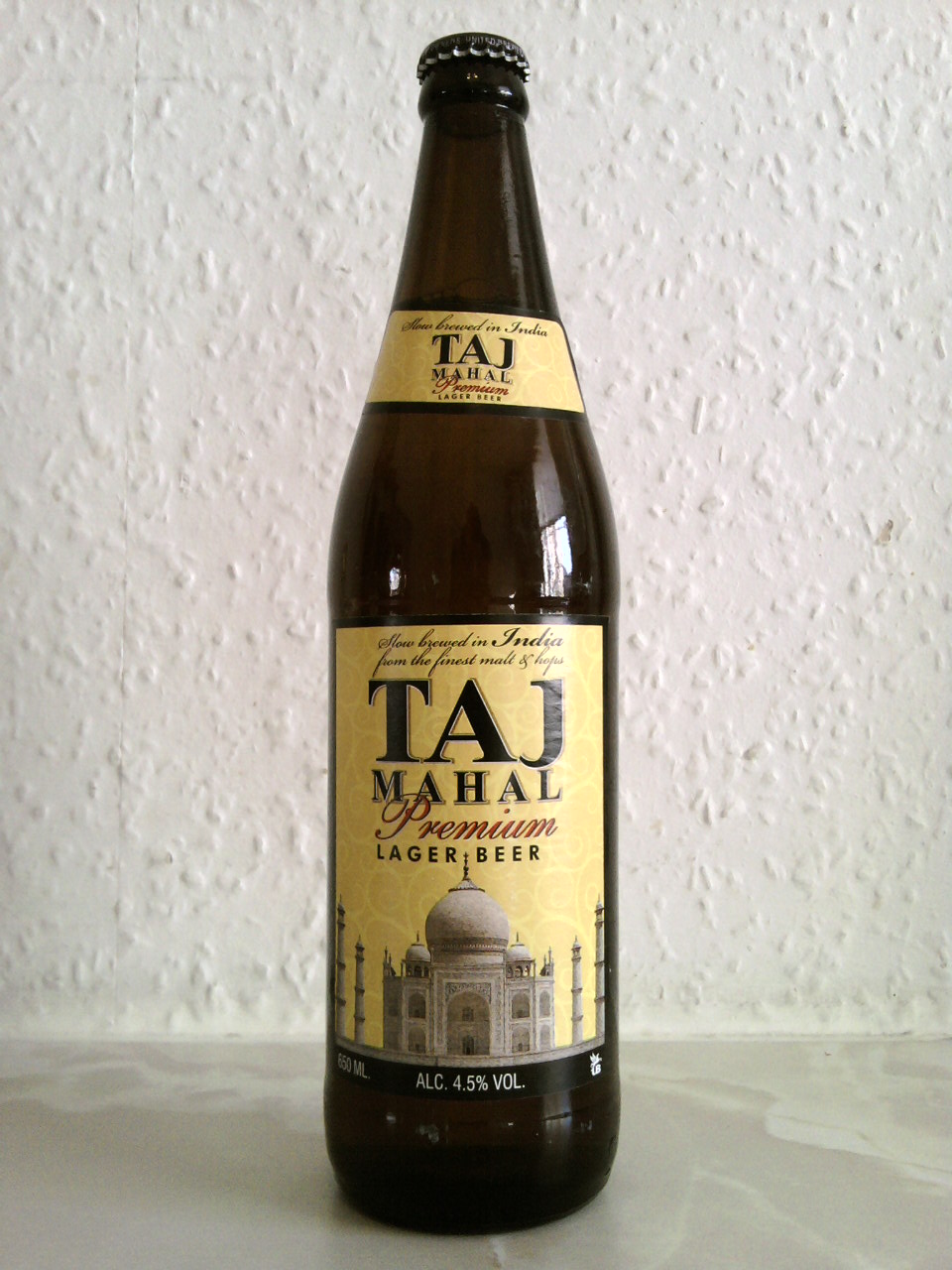How to install the app on iOS
Follow along with the video below to see how to install our site as a web app on your home screen.
Note: This feature may not be available in some browsers.
You are using an out of date browser. It may not display this or other websites correctly.
You should upgrade or use an alternative browser.
You should upgrade or use an alternative browser.
Made in India
- Thread starter SOHEIL
- Start date
Commercial nuclear power station
India's Kakrapar-1 reactor is the world's first reactor which uses thorium rather than depleted uranium to achieve power flattening across the reactor core.[32] India, which has about 25% of the world's thorium reserves, is developing a 300 MW prototype of a thorium-based Advanced Heavy Water Reactor (AHWR). The prototype is expected to be fully operational by 2011, after which five more reactors will be constructed.[33] Considered to be a global leader in thorium-based fuel, India's new thorium reactor is a fast-breeder reactor and uses a plutonium core rather than an accelerator to produce neutrons. As accelerator-based systems can operate at sub-criticality they could be developed too, but that would require more research.[34] India currently envisages meeting 30% of its electricity demand through thorium-based reactors by 2050.
India's Kakrapar-1 reactor is the world's first reactor which uses thorium rather than depleted uranium to achieve power flattening across the reactor core.[32] India, which has about 25% of the world's thorium reserves, is developing a 300 MW prototype of a thorium-based Advanced Heavy Water Reactor (AHWR). The prototype is expected to be fully operational by 2011, after which five more reactors will be constructed.[33] Considered to be a global leader in thorium-based fuel, India's new thorium reactor is a fast-breeder reactor and uses a plutonium core rather than an accelerator to produce neutrons. As accelerator-based systems can operate at sub-criticality they could be developed too, but that would require more research.[34] India currently envisages meeting 30% of its electricity demand through thorium-based reactors by 2050.
India
India is the cheapest of any of the hubs, major or minor, and is the equal of the other major hubs in terms of quality of staff and equipment. Prices average at a fifth of the United States, with particular deals in dentistry and diagnostic imaging, which approach a tenth the price. India deals with a higher proportion of major surgery tourists than minor surgery and check-up tourists than the other major hubs, which has given rise to specialist hospitals across India. These hospitals are far out of the reach of most Indians and cater specifically to foreign tourists for very specific needs – for example some centers will focus strongly on heart surgery while others will deal with joint replacements. These specialist hospitals are very new with top rate medical teams, high volume and experience in their specialty and the best equipment available. High volume of heart surgeries does not translate into high volumes overall, however, and these hospitals rely heavily on agents, especially on the internet, to recruit prospective patients. These facilities also offer procedures that are rare or unavailable in the United States, such as hip polishing or resurfacing, which is a popular surgery for medical tourists.
Tourism in India can be impressive and at the same time quite uncomfortable. India’s infrastructure is very poor, and though excellent hotels and western restaurants are available, they are extremely expensive. There is also no middle ground, with the alternatives of a luxury hotel or a dump. For those who like Indian food, this is of course plentiful and cheap but do not underestimate how quickly that can become boring on a long trip. India has magnificent sights to see, however, from Hindu shrines to Islamic monuments and palaces and a vibrant modern culture.
While much of the country is poorly developed, a medical tourist can rest assured that their hospital and, for a price, their hotel will be extremely modern and pristine. Venturing beyond these, however, a traveler is virtually guaranteed to suffer from diarrhea and intestinal parasites are common even for cautious eaters. Likewise, the odds of contracting a serious disease are low, however several additional vaccinations are strongly recommended that are not necessary in the other hubs.
Conclusion: India is a good choice for major surgery, but you should make sure you are going to a hospital with a strong track record in your particular condition. Tourism options after treatment are not as comfortable as the other hubs but are among the most interesting.
India is the cheapest of any of the hubs, major or minor, and is the equal of the other major hubs in terms of quality of staff and equipment. Prices average at a fifth of the United States, with particular deals in dentistry and diagnostic imaging, which approach a tenth the price. India deals with a higher proportion of major surgery tourists than minor surgery and check-up tourists than the other major hubs, which has given rise to specialist hospitals across India. These hospitals are far out of the reach of most Indians and cater specifically to foreign tourists for very specific needs – for example some centers will focus strongly on heart surgery while others will deal with joint replacements. These specialist hospitals are very new with top rate medical teams, high volume and experience in their specialty and the best equipment available. High volume of heart surgeries does not translate into high volumes overall, however, and these hospitals rely heavily on agents, especially on the internet, to recruit prospective patients. These facilities also offer procedures that are rare or unavailable in the United States, such as hip polishing or resurfacing, which is a popular surgery for medical tourists.
Tourism in India can be impressive and at the same time quite uncomfortable. India’s infrastructure is very poor, and though excellent hotels and western restaurants are available, they are extremely expensive. There is also no middle ground, with the alternatives of a luxury hotel or a dump. For those who like Indian food, this is of course plentiful and cheap but do not underestimate how quickly that can become boring on a long trip. India has magnificent sights to see, however, from Hindu shrines to Islamic monuments and palaces and a vibrant modern culture.
While much of the country is poorly developed, a medical tourist can rest assured that their hospital and, for a price, their hotel will be extremely modern and pristine. Venturing beyond these, however, a traveler is virtually guaranteed to suffer from diarrhea and intestinal parasites are common even for cautious eaters. Likewise, the odds of contracting a serious disease are low, however several additional vaccinations are strongly recommended that are not necessary in the other hubs.
Conclusion: India is a good choice for major surgery, but you should make sure you are going to a hospital with a strong track record in your particular condition. Tourism options after treatment are not as comfortable as the other hubs but are among the most interesting.
crimemaster_gogo
BANNED

- Joined
- Jul 3, 2011
- Messages
- 664
- Reaction score
- 0
- Country
- Location
One of my favourite World Class Indian Companies and their products...
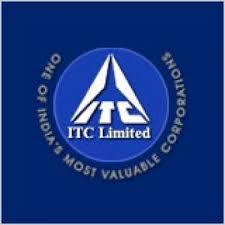

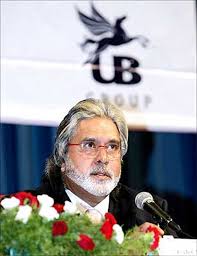

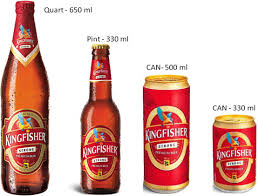

Holmes
FULL MEMBER

- Joined
- Dec 15, 2011
- Messages
- 1,015
- Reaction score
- -2
- Country
- Location
crimemaster_gogo
BANNED

- Joined
- Jul 3, 2011
- Messages
- 664
- Reaction score
- 0
- Country
- Location
^^ Man I can't find kingfisher over here in US, they only sell Taj Mahal.
gosh i dint know that there's any brand by name Taj Mahal

crimemaster_gogo
BANNED

- Joined
- Jul 3, 2011
- Messages
- 664
- Reaction score
- 0
- Country
- Location
^^ Man I can't find kingfisher over here in US, they only sell Taj Mahal.
thanks for the info, i dint know that they had other sub-brand. well howz the taste in comparison to KF premium ?
crimemaster_gogo
BANNED

- Joined
- Jul 3, 2011
- Messages
- 664
- Reaction score
- 0
- Country
- Location
^^^ Jee, "Lalach aha Laplap" 


---------- Post added at 11:21 AM ---------- Previous post was at 11:19 AM ----------
Jee, "Lalach aha Laplap"
Sharab body ko khatam karti hai,
Sharab samaj ko khatam karti hai,
Aao aaj iss sharab ko khatam karte hai,
Ek bottal tum khatam karo ek hum khatam karte hai…
takeiteasy
SENIOR MEMBER

- Joined
- Dec 22, 2010
- Messages
- 3,000
- Reaction score
- 4
- Country
- Location
for a change
made in India(Bharat nirmit):



made in India(Bharat nirmit):




Similar threads
- Replies
- 0
- Views
- 222
- Replies
- 0
- Views
- 194
- Replies
- 0
- Views
- 152
- Replies
- 0
- Views
- 143
Latest posts
-
India launches missile attacks on Multiple locations in Pakistan,
- Latest: RaktimChandra
-
-

